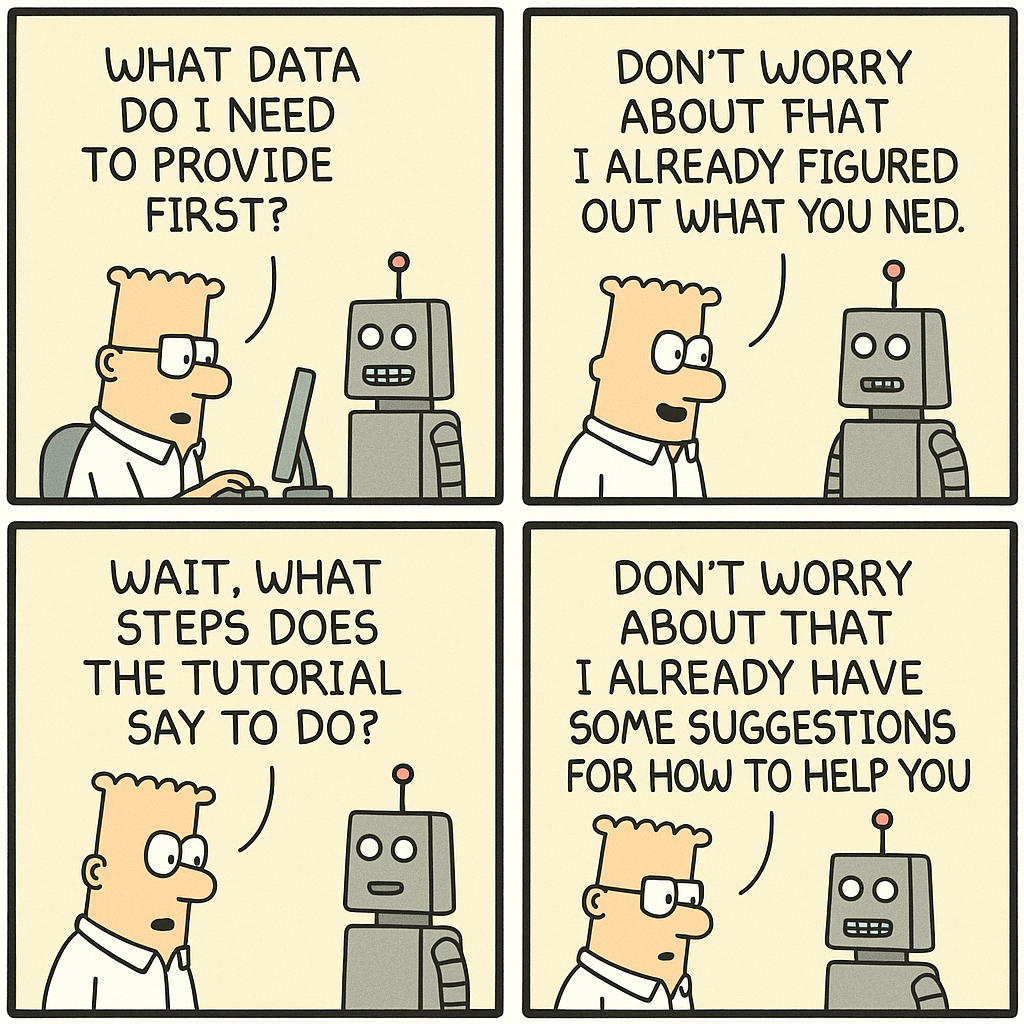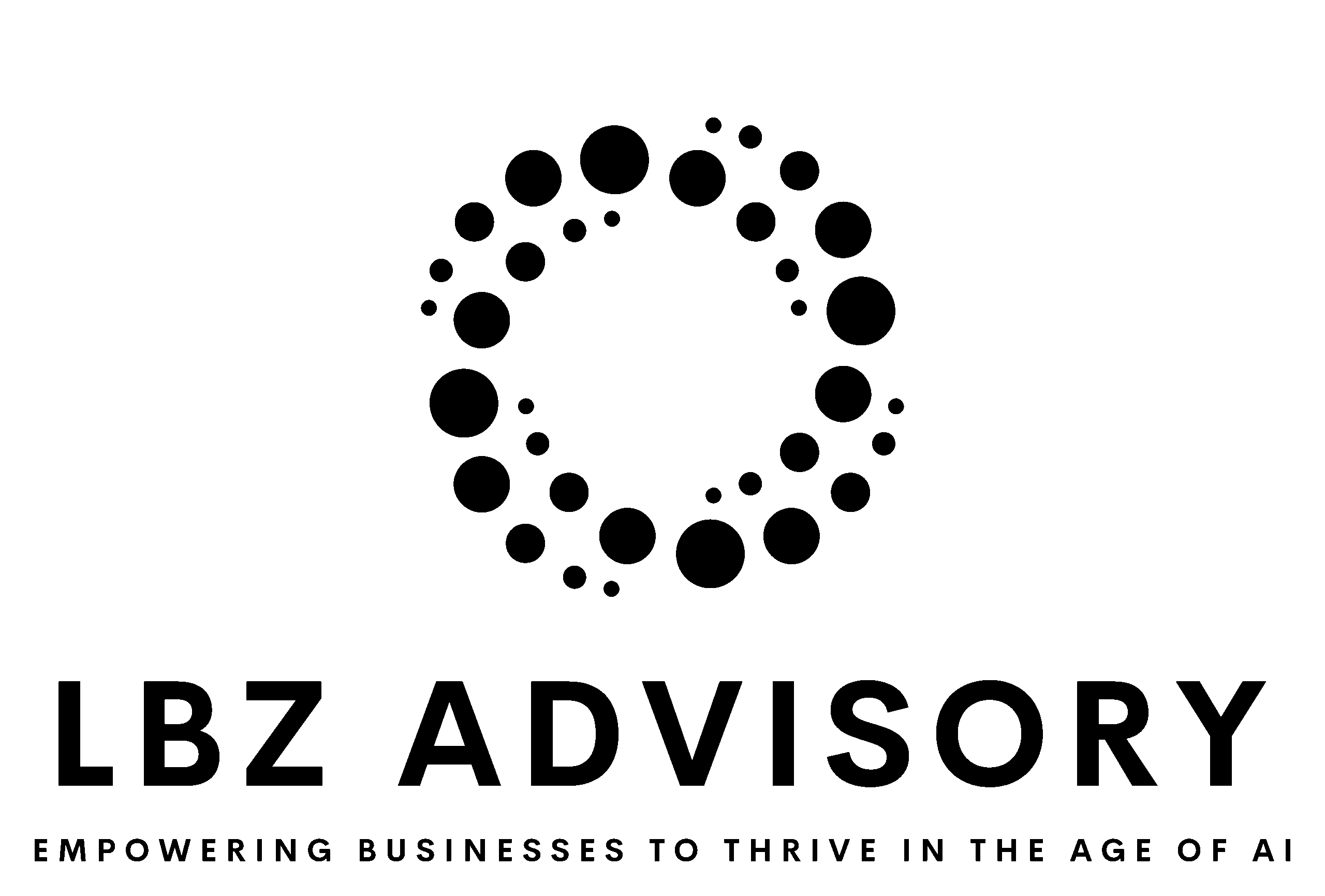Introduction
Leadership requires decisiveness. As the head of an organization, a CEO must be able to make difficult choices in a timely and confident manner. So why do so many first-time CEOs grapple with making prompt, confident decisions? Inexperience can breed indecisiveness.
For many leaders, the fear of making a wrong move often leads to chronic delays, delegation of choice, and paralysis in the face of critical decisions. While understandable, such hesitation can severely impact a company’s performance and culture.
This article delves into the perils of indecisiveness, identifies its common signs, and offers strategies for overcoming this hurdle, particularly for leaders of large orgs and first time CEOs.
The Perils of Indecisiveness
Indecisiveness is defined as the inability to make clear and timely decisions. Indecisive leaders frequently defer choices, pass off responsibility, and allow consensus concerns to override expediency.
As Stanford professor Bob Sutton notes, this chronic hesitation can have serious consequences. Companies with indecisive CEOs often miss market opportunities as competitors move faster. Internal stagnation brews as employees grow frustrated with lack of direction. Morale suffers when staff feel the CEO doesn’t display confidence in strategic vision.
A pivotal Harvard Business Review study spanning a decade on top-performing CEOs unveiled a striking insight: decisiveness, not necessarily accuracy, sets apart the most effective leaders. High-performing CEOs distinguished themselves not by infallibility but by their swift and confident decision-making. They acted promptly and firmly, even in ambiguity and with partial information. Decisive leaders were found to be 12 times more likely to be high-performing, embodying the principle that a swift decision, even if imperfect, often outweighs the cost of inaction.
The key for decisive CEOs is not waiting for complete certainty. This threshold varies based on the decision’s magnitude – smaller, less impactful choices require less deliberation than major strategic moves. The art lies in balancing speed with information, understanding that in today’s fast-paced business environment, indecision can be costlier than an incorrect decision.
Identifying Indecisiveness in Leadership
Self-awareness is key. As a CEO, ask yourself:
1. Do you often send out polls to your team for decision-making?
2. Are you deferring decisions or seeking excessive opinions?
3. Is consensus your safety net for major decisions?
These behaviors are red flags for indecisiveness. Leadership experts emphasize that decisive CEOs consider facts, but make choices in a timely manner based on experience and instinct.
The Psychology Behind Indecisiveness
Many first-time CEOs face a psychological battle: fear of failure, lack of experience, and a desire for perfection. Dr. John Maxwell, in his book “The 21 Irrefutable Laws of Leadership,” emphasizes how these fears can paralyze decision-making. Academic research supports this, showing new CEOs often overestimate risks due to inexperience.
Without a track record to justify bold moves, new CEOs may overcompensate with extreme caution. The fear of making a wrong choice also contributes. Many leaders worry about failures haunting their reputations. However, the true reputational threat comes from chronic indecisiveness, not isolated wrong moves. Employees will accept occasional mistakes, but grow impatient with perpetual delays.
Other psychological factors like perfectionism play a role. Indecisive leaders get caught up pursuing elusive solutions that consider every possible angle. However, decisiveness requires setting aside the search for perfection in favor of timely progress. As General George S. Patton noted, “A good plan violently executed now is better than a perfect plan executed next week.”
Consequences of Indecisiveness
Chronic indecision has profound organizational consequences. Employees grow frustrated with lack of direction, causing morale and retention issues. Stalled progress on key initiatives also erodes staff motivation. Constant delays signal a lack of confidence and strategic vision from the top.
Indecisive leadership takes a financial toll as well. Missed market opportunities due to slow decision making can greatly reduce revenues. Projects costs often escalate during periods of prolonged analysis and equivocation. For publicly traded companies, indecisiveness also creates vulnerabilities. Hedge funds and activist investors look for tentative leaders they can pressure into lucrative shake-ups.
A wealth of case studies, from Kodak to Blockbuster, highlight how indecisive leadership during times of industry disruption led to devastating strategic failures. Bold and visionary choices, however difficult, could have altered their fate. For first-time CEOs, this underscores the dangers of indecision in an ever-evolving business landscape.
Overcoming Indecisiveness
How can new CEOs become decisively agile leaders? It requires adopting strategies to move past hesitation and second-guessing. Some recommended techniques include:
Set decision deadlines: Give yourself defined time frames for making major choices, creating a forced prompt. Make it known that come decision day, you will make an executive call regardless of lingering doubts.
Streamline data gathering: Seek enough data to make rational choices, but avoid analysis paralysis in pursuit of unattainable certainty. Leverage trusted advisors to determine when sufficient information exists.
Reframe fear of failure: Understand occasional mistakes will happen. Focus instead on the greater risk of allowing competitors to move faster due to chronic delay. Accept that prestige comes from acting boldly, not flawlessly.
Embracing Risk: Understand that risk is inherent in leadership. The book “Great by Choice” by Jim Collins and Morten T. Hansen, offers insights into how successful leaders navigate uncertainty.
Conclusion
Decisiveness is not just a trait but a skill that can be honed. Leaders should view indecision not as a flaw but as an area for growth. By acknowledging the issue, understanding its roots, and actively seeking improvement, any leader can transform their leadership and, by extension, their organizations.
**References**
– Harvard Business Review: https://hbr.org/2017/05/what-sets-successful-ceos-apart
– Dr. John Maxwell: “The 21 Irrefutable Laws of Leadership.”
















